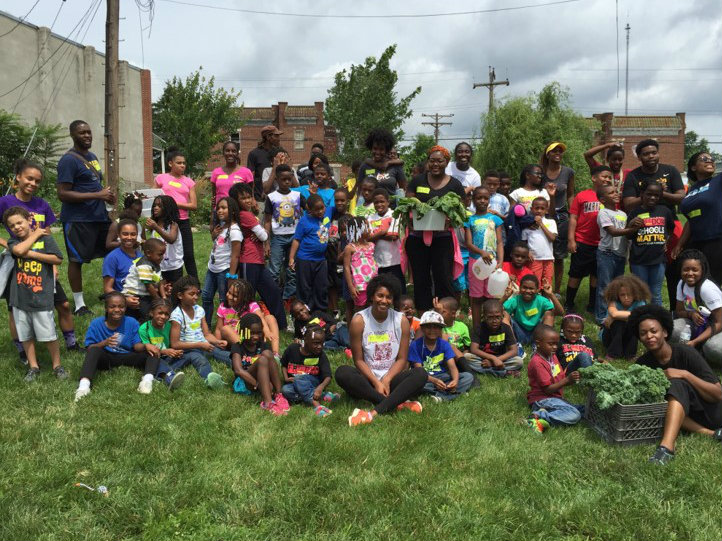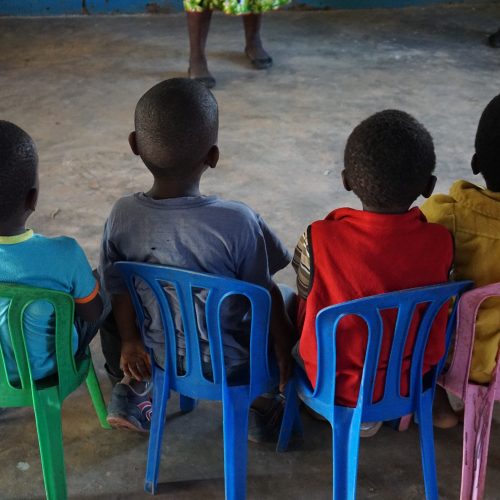Many kids spend the school year counting down to the carefree days of summer. It’s a season symbolic of rest, serving as a reward for months of studying and test-taking. However, many studies argue that this three-month reward may come at too high a cost — and, they suggest, our most at-risk students are the ones paying for it.
In his best-selling novel Outliers, author Malcolm Gladwell examines research from 2002 that tracked the progress (math and reading scores from first to fifth grade) of 650 elementary school students from the Baltimore public school system. The students’ scores were measured at both the beginning and end of the school year (before and after summer vacation) and categorized by their socioeconomic class (low, middle, high). The data yielded concerning results — particularly for students’ literacy skills:
“The wealthiest kids come back in September and their reading scores have jumped more than 15 points. The poorest kids come back from the holidays and their reading scores have dropped almost 4 points. Poor kids may out-learn rich kids during the school year. But during the summer, they fall behind.”
This study is just one of many that links the “summer slide” with the achievement gap — highlighting how children from middle- to high-income families have more opportunities to enhance their education (i.e., reading books at home, attending camps that feature experiential learning, eating nutritious meals and snacks, etc.), while many low-income children stagnate and often regress due to circumstantial limitations (i.e., less education-rich resources around the house, insufficient funds for camps and classes, inadequate access to healthy food, etc.).
“Year after year, these losses accumulate. By the end of third grade, four out of every five low-income students fail to read proficiently, making them four times more likely to drop out of high school, according to a report from the Annie E. Casey Foundation … By fifth grade, cumulative years of summer learning loss can leave low-income students 2.5 to three years behind their peers.”
A problem clearly exists, but what solution could adequately address it? RAND and the National Center on Afterschool and Summer Enrichment, among other experts, suggest high-quality summer learning programs. Aligned with this ideology, the Bainum Family Foundation has partnered with Baltimore Junior Academy (BJA) to sponsor its third year of the Freedom Schools program.
Created by the Children’s Defense Fund (CDF), the Freedom Schools program involves an engaging reading curriculum and social action projects in order to build strong, literate and empowered children prepared to make a difference in themselves, their families, their communities and the world. The program is a key part of CDF’s work to ensure a level playing field for all children.
The Freedom Schools place a heavy emphasis on reading and literacy, but the well-rounded, stimulating curriculum includes field trips into the community as well as activities that celebrate and center on the arts.
“The students who participate in the Freedom Schools program enter the school year immediately engaged in the learning process due to the continuity and structure the program provides,” says David Turner, the principal of BJA. “After spending their summer weeks engaged in educational activities with each other, they are able to continually reflect and build upon that experience — carrying that lasting effect with them and into their community.”
This effect is the result of the high-quality programming on which Freedom Schools, and other similar summer learning opportunities, is built. RAND defines high-quality summer learning as having six core components:
- Highly qualified and specially trained staff
- Smaller class sizes, individualized instruction and sufficient time on task (operating the program for at least five weeks, with three to four hours of academics per day)
- Involving families and maximizing student attendance
- Strategic use of partnerships
- Using evidence-based, commercially available curricula and standardizing it across sites
- Providing carefully planned, engaging enrichment activities
When programs properly implement these components, the benefits go beyond short-term academic achievement — students, parents and staff exit the program feeling equipped and empowered as individuals and as a community to engage in lifelong learning.
“I’ve worked with the Freedom Schools for the past three years,” says Jonathan Williams, Assistant Site Coordinator for the BJA Freedom Schools program. “Every year, I notice a tremendous amount of progress in the scholars’ social learning skills, literacy and independent thinking. They leave with a genuine enjoyment for reading, a willingness to learn and test their mental capabilities, and overall confidence and transparency when answering questions in conversation. The Freedom Schools program magnifies and instills positive thinking, behavior and future actions for the scholars — and for me, that’s a cause worth serving.”
To learn more about the BJA Freedom Schools program, read our blog post highlighting last year’s partnership (“Foundation Sponsors Second Year of Freedom Schools in Baltimore”).
To learn more about RAND’s research on and definition of high-quality summer learning programs, read their 2016 report (“Learning from Summer: Effects of Voluntary Summer Learning Programs on Low-Income Urban Youth”) and other studies on The Wallace Foundation’s website here.





